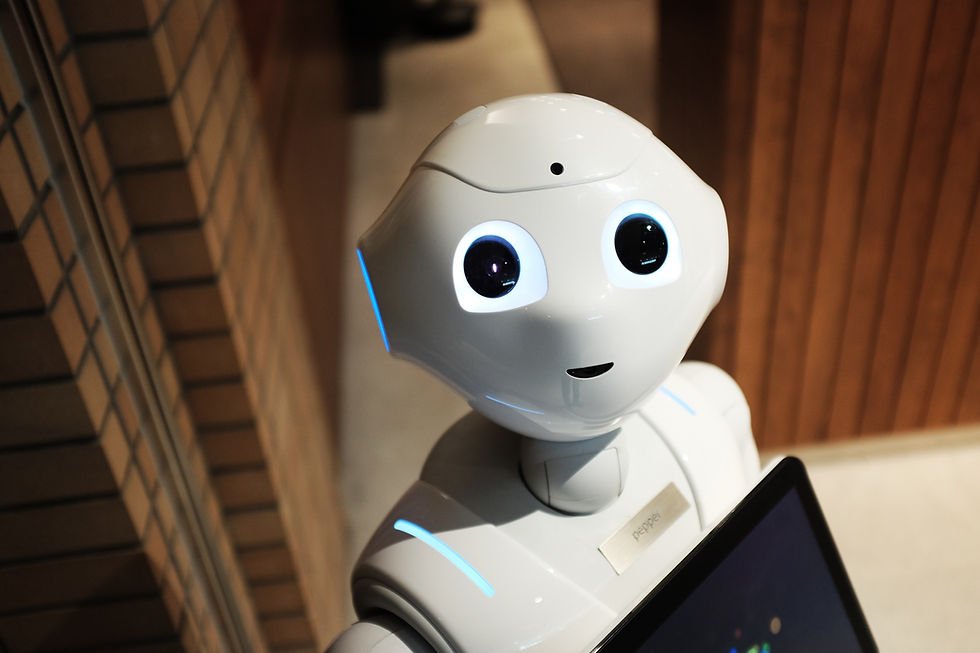Will your dog soon be smart? The AI revolution in everyday dog life
- info9580869
- Sep 4
- 2 min read

Technology is also rapidly advancing in the lives of our four-legged friends. AI, wearables and smart devices are enabling new ways to care for dogs preventively – even before symptoms appear. This is a topic that has hardly been covered in dog magazines to date. This is where we come in, creating real added value for dog owners.
The technology behind smart dog care
AI-assisted feeding stationsA new Modular Pet Feeding Device developed in research combines automatic feeding, integrated camera and microphone monitoring, and AI-based health detection – including heart rate analysis via a collar. It evaluates behaviour and eating patterns and provides data-based feeding tips arXiv.
Telemedicine & health monitoring at home2025 will see the triumph of telehealth services for dogs: smart collars measure vital parameters such as heart and respiratory rate, or indirectly also stress. This enables dog owners and veterinarians to detect health problems at an early stage pawprint.digitalMartha Stewart.
Emotion recognition via AIResearch in the field of machine learning makes it possible to recognise emotional states in dogs using audio analysis – with over 70% accuracy in tests arXiv. This technology could improve safety and the way we interact with dogs in everyday life.
Tips for dog owners – how to get started with pet tech
Start graduallyLook for devices with specific benefits: e.g. smart collars for activity and vital data, or smart feeders for regular, healthy nutrition.
Use data consciouslyUse apps or cloud platforms to track trends in body weight, eating behaviour or vital signs – and recognise reactions to changes at an early stage.
Don't test without a vetMany smart technologies provide valuable information, but they are no substitute for a professional diagnosis. Consult a vet if you notice any unusual data.
Learn to understand emotionsLook out for new tech such as audio emotion recognition to better understand stress or anxiety patterns and respond in a way that benefits your dog – e.g. through targeted rest periods or mental stimulation.
Mindful use of technologyTechnology should support everyday life, but relationships, play and physical closeness remain essential.
Conclusion – More than futurism: smarter everyday life for healthy dogs
AI and intelligent technology are already changing the everyday lives of our dogs – they enable preventive, individualised and loving care. For Dogrebels readers, this is a real game changer: fewer worries, more healthy time with your four-legged friend.




Comments